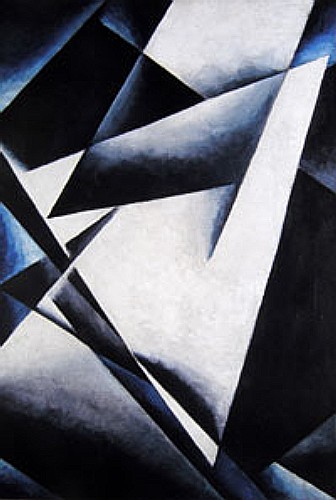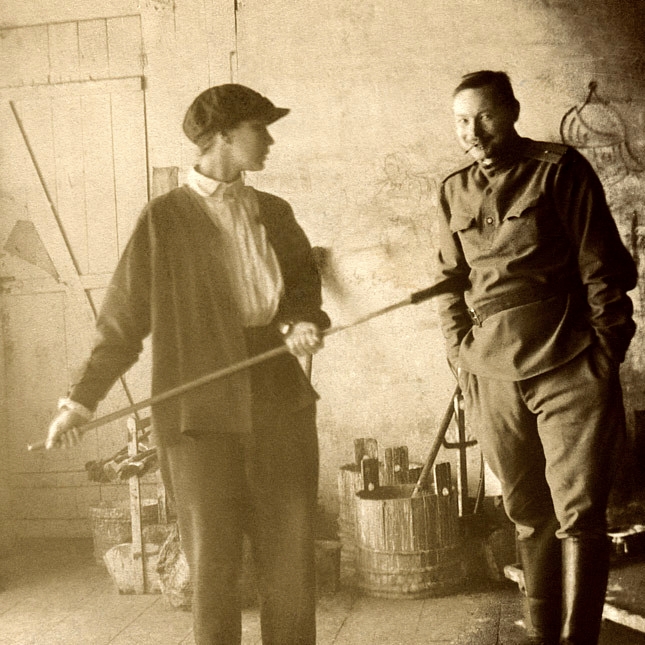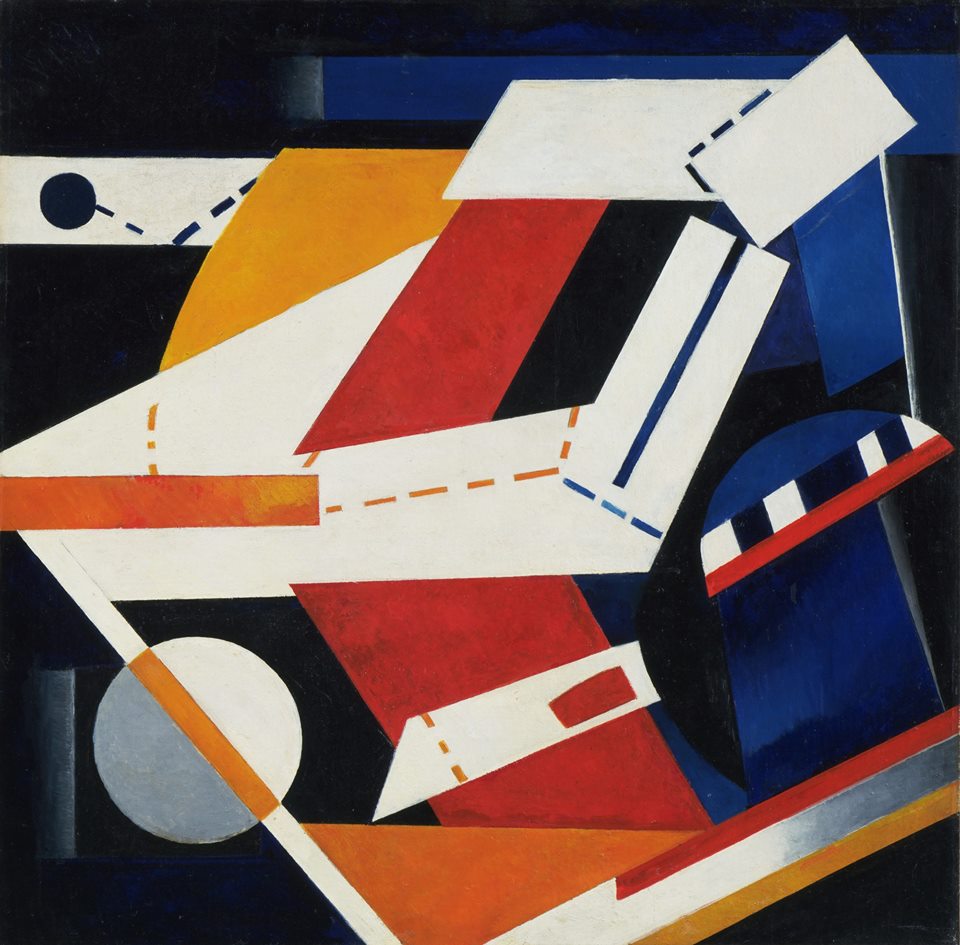‘By "Suprematism" I mean the supremacy of pure feeling in creative
art. To the Suprematist the visual phenomena of the objective world
are, in themselves, meaningless; the significant thing is
feeling.’
Kazimir Malevich, The Non-Objective World: The
Manifesto of Suprematism.
Suprematism (Russian: Супремати́зм) is an art movement focused on basic geometric forms, such as circles, squares, lines, and rectangles, painted in a limited range of colors. It was founded by Kazimir Malevich in Russia, and announced in Malevich's 1915 Last Futurist Exhibition of Paintings 0,10, in St. Petersburg, where he, alongside 13 other artists, exhibited 36 works in a similar style. The term suprematism refers to an abstract art based upon "the supremacy of pure artistic feeling" rather than on visual depiction of objects.
“…in the year 1913, trying desperately to free art from the dead weight of the real world, I took refuge in the form of the square.” — Kazimir Malevich
Women Artists of the Russian Avant-Garde

Olga Rozanova

Lyubov Popova
Remy Dean- Constructing the Supreme Language of Art
Sources
- Black Circle: Kazimir Malevich (1913) [public domain — source]
- A Prounen: El Lissitzky (c.1925) [public domain — source]
- Sergey Senkin: Abstracte compositie (1920) [public domain — source]
- Black Rectangle, Blue Triangle: Kazimir Malevich (c.1915) [public domain — source]
- Non-Objective Composition (Suprematism): Olga Rozanova (1916/17) [public domain — source]
- Suprematism: Olga Rozanova (1916) [public domain — source]
- The pictorial Architectonics: Lyubov Popova (1916) [public domain — source]
- Malerische Architektonik:Lyubov Popova (c.1918/19)[public domain — source]
- Natalia Goncharova and Mikhail Larionov, Moscow, 1913 [public domain — source]
- Construction:Alexandra Exter (1921) [public domain — source]
- [public domain — source]


